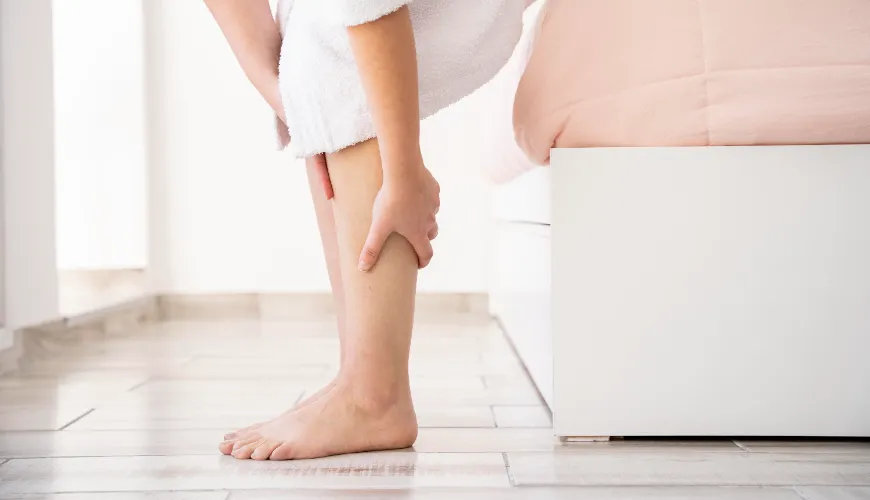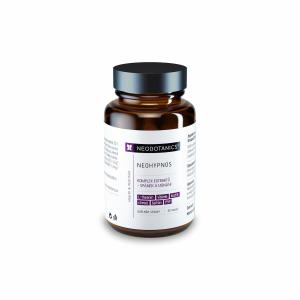
What causes a swollen ankle without injury and how to prevent it?

Causes, Prevention, and Effective Solutions for a Swollen Ankle without Injury
A swollen ankle without injury can be an uncomfortable and concerning issue that affects many people, even without an apparent physical injury. While most of us associate swelling in the legs and ankles with injuries such as sprains or fractures, there are a variety of other factors that can contribute to this condition. In this article, we will explore the different causes that can lead to a swollen ankle without injury and offer practical tips and advice on how to manage this swelling.
Causes of a Swollen Ankle
If you are sure that you have not sustained any injury yet have a swollen ankle, there could be several reasons. Swelling can arise from various causes that may not be immediately apparent.
1. Fluid Retention
One of the most common causes of a swollen ankle without injury is fluid retention, also known as edema. This condition can occur if the body is not able to efficiently move fluids away from the lower extremities. Prolonged sitting or standing can lead to blood and lymph accumulating in the ankle area, causing swelling. This is especially common in people who have sedentary jobs or spend a long time on their feet.
2. Hormonal Changes
Hormonal changes can also cause swollen ankles, especially in women. For example, during menstruation, pregnancy, or menopause, changes in hormonal balance can lead to water retention in the body. Hormones like progesterone can affect the permeability of blood vessel walls, leading to fluid leakage into surrounding tissues, which subsequently causes ankle swelling. Pregnant women often complain of swollen legs and ankles, also due to increased pressure of the uterus on veins that drain blood from the lower limbs.
3. Allergic Reactions
Sometimes a swollen ankle without injury can appear as a result of an allergic reaction. The body's response to certain foods, medications, or, for instance, insect bites can cause sudden swelling in various parts of the body, including the ankles. This type of swelling is usually accompanied by itching, redness, or rash, which are clear signs of allergy. If you suspect an allergic reaction, it is crucial to seek medical attention to determine the appropriate treatment.
4. Vascular Issues
Ankle swelling can also be caused by circulation problems. If blood does not properly flow back from the lower extremities to the heart, fluid accumulation occurs. This condition can be caused, for example, by varicose veins or weakened vein walls. Chronic venous insufficiency can lead to long-term swelling, which can be painful and bothersome. In some cases, a vascular problem may be more serious, such as deep vein thrombosis, where a blood clot forms in a vein.
5. Kidney and Heart Diseases
Sometimes a swollen ankle without injury can be a symptom of a more serious health issue, such as kidney or heart disease. The kidneys are responsible for eliminating excess water and salt from the body. If the kidneys do not function properly, fluid accumulation can occur, manifesting as swelling, especially in the lower extremities. Heart failure can cause the heart to be unable to pump blood effectively, leading to blood pooling in the legs and ankles.
6. Lymphatic System
The lymphatic system plays a crucial role in draining excess fluids from tissues back into the bloodstream. If its function is disrupted, for example, after surgery or inflammation, fluid retention can occur, causing swollen ankles and feet. This condition is known as lymphedema and may require specialized treatment.
How to Prevent Swollen Ankles without Injury?
Prevention is key if you want to reduce the risk of developing a swollen ankle without injury. Simple lifestyle changes can significantly help.
Regular Exercise
One of the best ways to prevent ankle swelling is regular exercise. If you have a sedentary job or spend a long time standing, it is important to take regular breaks for walks or simple exercises. Even a short walk can promote blood circulation in the legs and prevent fluid retention.
Proper Hydration
A drinking regime plays a key role in regulating water retention in the body. Dehydration can paradoxically cause the body to start retaining fluids, leading to swelling. It is important to drink enough water throughout the day to keep your body hydrated and support proper kidney function.
Elevating the Legs
Raising your legs above heart level can help with the drainage of excess fluids from the lower extremities. This simple technique uses gravity to support blood return to the heart. Try propping your legs up with a pillow while resting or sleeping to facilitate circulation.
Try our natural products
Reducing Salt Intake
Excessive salt consumption can lead to fluid retention in the body, manifesting as swelling. If you frequently experience ankle swelling, it may be helpful to limit the amount of salt in your diet and focus on foods rich in potassium, which helps balance fluid levels in the body.
When to See a Doctor?
A swollen ankle without injury can often be caused by common factors such as fluid retention or hormonal changes. However, if the swelling persists longer, worsens, or is accompanied by other symptoms such as pain, skin discoloration, shortness of breath, or chest pain, it is important to seek medical attention. A swollen ankle can sometimes be a symptom of more serious health conditions that require professional examination and treatment.
A swollen ankle without injury can have a variety of causes, from fluid retention to more serious conditions like heart or kidney dysfunction. Prevention plays an important role in combating this unpleasant condition. Maintaining regular physical activity, adequate hydration, and a proper diet can significantly reduce the risk of swelling.



